Invention, Intellectual Property, and Income
Basil Abraham took a class on invention and intellectual property. To document this week, I referred to his documentation
Invention
An invention is a novel creation that has not previously existed or been used. It is the result of applying knowledge, creativity, skill, and effort to solve a problem or fulfill a specific need. An invention can take many forms, including a physical device, a new method or process, a composition of matter, or even an innovative idea with practical application. What distinguishes an invention is its originality and usefulness—it introduces something new to the world that can enhance human life, efficiency, or understanding. Inventions often form the basis for patents, which legally protect the inventor’s rights to their creation.
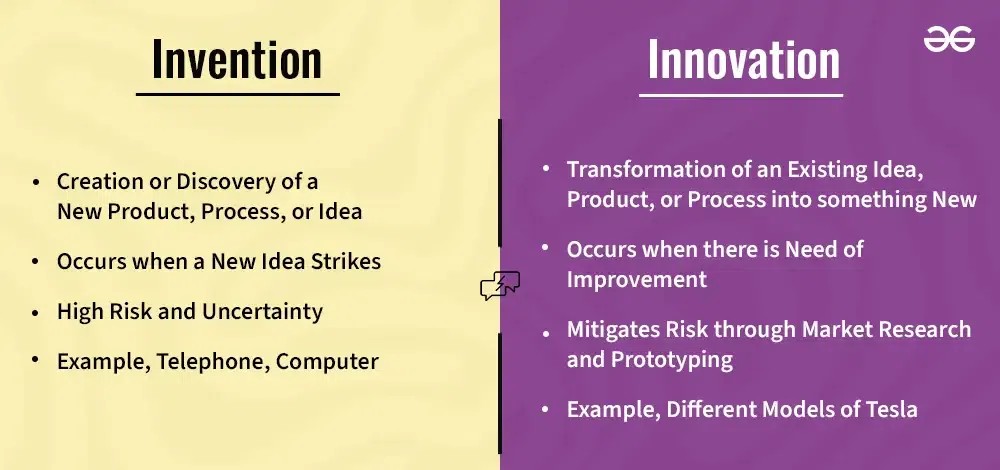 Image
Image
Intellectual Property
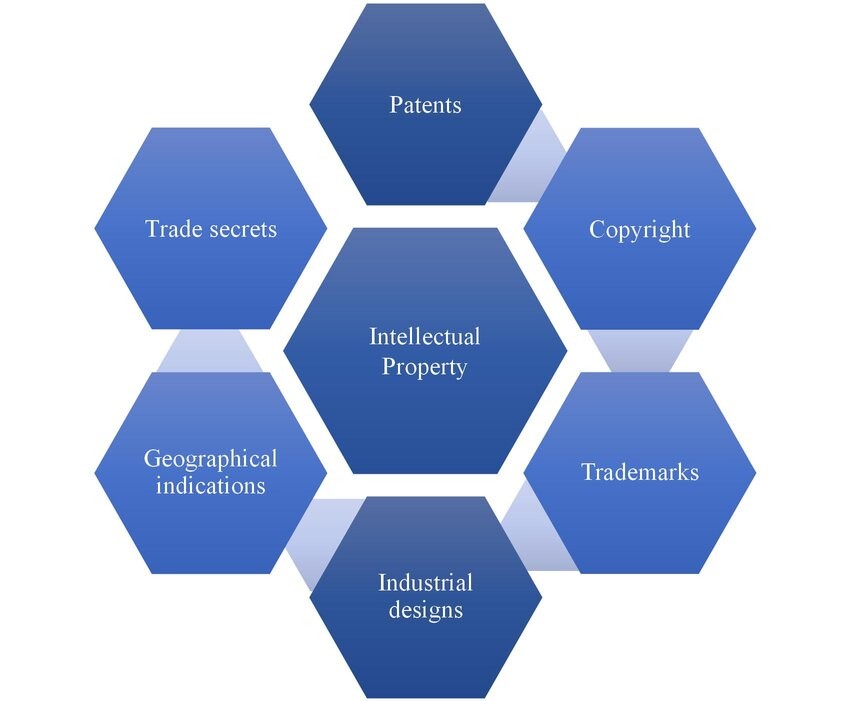 Image
Image
Intellectual property rights are legal rights granted to individuals over the creations of their minds, providing them with exclusive control over the use of their creations for a certain period. These rights are broadly categorized into copyright and industrial property. Copyright protects original literary and artistic works, while industrial property protects inventions, trademarks, industrial designs, and geographical indications.
Types of Intellectual Property
1. Patents
Patents are legal rights granted to inventors for new inventions, providing exclusive authority to make, use, sell, or distribute the invention for a fixed period, typically 20 years from the date of filing. Patents incentivize innovation by protecting inventors from unauthorized exploitation of their ideas.
Types of Patents:
- Utility Patents: Granted for new and useful inventions or improvements in machines, processes, or compositions of matter.
- Design Patents: Protect the unique visual qualities or ornamental design of a manufactured object.
Criteria for Patentability:
- Novelty: The invention must be original and not previously disclosed.
- Inventive Step (Non-obviousness): Must not be an obvious solution or improvement.
- Industrial Applicability: Should be capable of practical application in industry
Patenting Process:
- Application Filing: Submit detailed information, including drawings and claims.
- Examination: Patent office evaluates compliance with legal standards.
- Publication: The application is made public after a certain period.
- Grant of Patent: A patent is issued if the invention meets all criteria.
2. Trademarks
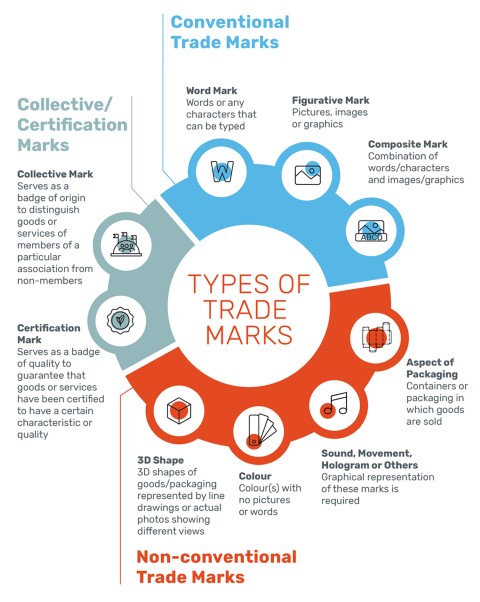 Image
Image
Trademarks protect signs, symbols, logos, or words that distinguish one company’s products or services from another’s. They serve as indicators of origin, building consumer trust and business reputation.
Types of Trademarks:
- Word Marks: Brand names, letters, and numbers.
- Figurative Marks: Symbols, images, or logos.
- Composite Marks: Combination of words and graphics.
- Service Marks: Used to identify services instead of goods.
Registration Process:
- Search and Clearance: Ensure the trademark is unique and not already registered.
- Filing an Application: Submit trademark details and usage category.
- Examination: Trademark office reviews for legal compliance.
- Publication: Trademark is published for public opposition.
- Registration: Granted if no valid opposition is filed.
3. Copyrights
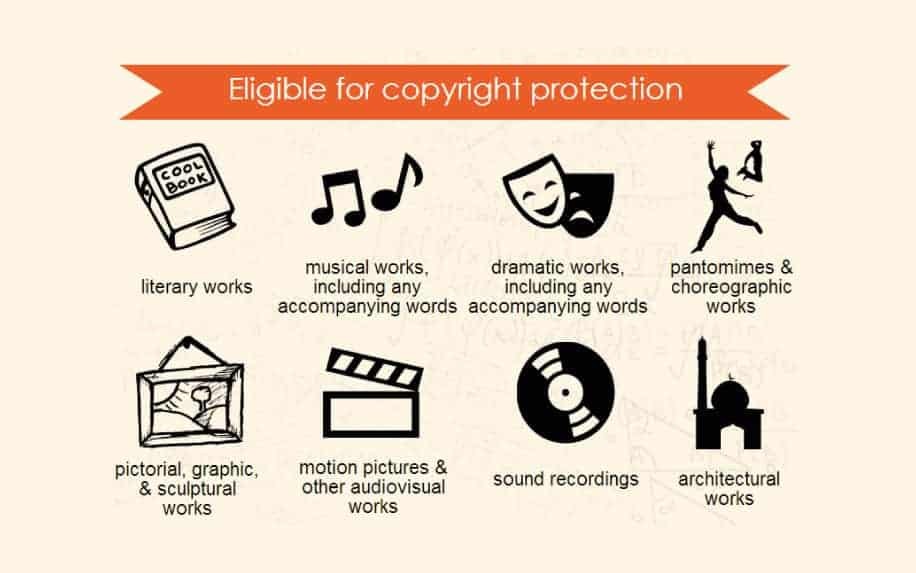 Image
Image
Copyright grants creators exclusive rights to use and control original works, including literary, artistic, musical, and audiovisual content. It promotes creative expression by ensuring that authors benefit from their work.
- Literary: Books, software, articles.
- Musical: Songs, scores.
- Artistic: Paintings, sculptures, photos.
- Audiovisual: Movies, documentaries.
- Performances: Dance, theatre.
Registration Process:
- Application Submission: Include creator details and work sample.
- Examination: Office verifies originality and authorship.
- Issuance: Certificate is granted upon approval.
Duration:
- For individuals: Life of the author + 70 years (may vary by jurisdiction).
- For corporate authorship: 95 years from publication or 120 years from creation.
4. Trade Secrets
Trade secrets consist of confidential information that provides businesses with a competitive advantage, such as formulas, practices, designs, or methods. Unlike patents, trade secrets are not publicly disclosed.
5. Industrial Designs
Industrial designs protect the non-functional, aesthetic features of a product—such as its shape, color, and surface pattern. These designs contribute significantly to product appeal and consumer preference.
6. Geographical Indications (GIs)
GIs identify goods that originate from specific regions with qualities, reputation, or characteristics linked to that location. They preserve traditional knowledge and enhance economic value.
Different licensing options
GPL
The GNU General Public License (GPL) is a free, copyleft license for software and other types of works. Unlike many licenses that restrict your ability to share and modify, the GPL is designed to protect your freedom to use, share, and change all versions of a program. Its goal is to ensure that software remains free for all users, encouraging collaboration and transparency.
LGPL
The GNU Lesser General Public License (LGPL) is a free software license that allows developers to use and integrate open-source libraries into their own software, even if their software is not open source, under certain conditions. It ensures that the library itself remains free and open, while permitting its use in proprietary programs. Any modifications to the LGPL-covered library must be released under the same license, but the rest of the application can remain under a different license. This makes the LGPL a more flexible option compared to the stricter GPL, especially for software libraries.
BSD
BSD license allows redistribution and use of software in both source and binary forms, with or without modification, as long as the original copyright notice, conditions, and disclaimer are retained. It provides broad freedom for reuse, including in proprietary software. However, it includes a disclaimer of warranties and liability, stating the software is provided "as is" without guarantees of performance or suitability. Users cannot hold the original authors responsible for any damages resulting from the software’s use.
MIT/X11
It allows anyone to use, copy, modify, distribute, and even sell the software, as long as the original copyright and license notice are included. The software is provided "as is," with no warranties, and the authors are not liable for any damages resulting from its use. It promotes wide adoption and flexibility while protecting the creators from legal responsibility.
Apache
The Apache License is a permissive open-source software license that allows users to freely use, modify, and distribute licensed software. It provides the license holder with the rights to use the software for any purpose, including commercial use, and to create derivative works. The license also includes a patent grant, protecting users from patent claims by contributors related to their contributions. In return, the license holder must preserve copyright notices, include the license text, and acknowledge any modifications made.
Fab
The Fab License is an open-source license developed by the Fab Lab community to encourage sharing, learning, and remixing of digital fabrication projects. It allows anyone to use, modify, and distribute the work, as long as credit is given and the new work is shared under the same license. Commercial use is allowed, but attribution to the original creator is required, and contributors are encouraged to share improvements. The license is provided "as is," meaning there is no warranty, and users accept all responsibility for how the work is used.
The CC License Options
We can use Creative Commons tools to help share our work. Their free, easy-to-use copyright licenses provide a simple, standardized way to give permission for others to share and use our creative work — under the conditions we choose. We can adopt one of these licenses by sharing our work on an open platform, applying an open license, or even dedicating it to the public domain.There are six different license types, listed from most to least permissive here:
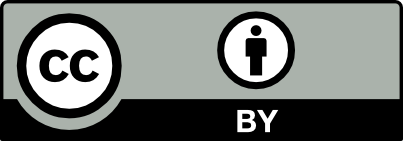
This license enables reusers to distribute, remix, adapt, and build upon the material in any medium or format, so long as attribution is given to the creator. The license allows for commercial use. CC BY includes the following elements:
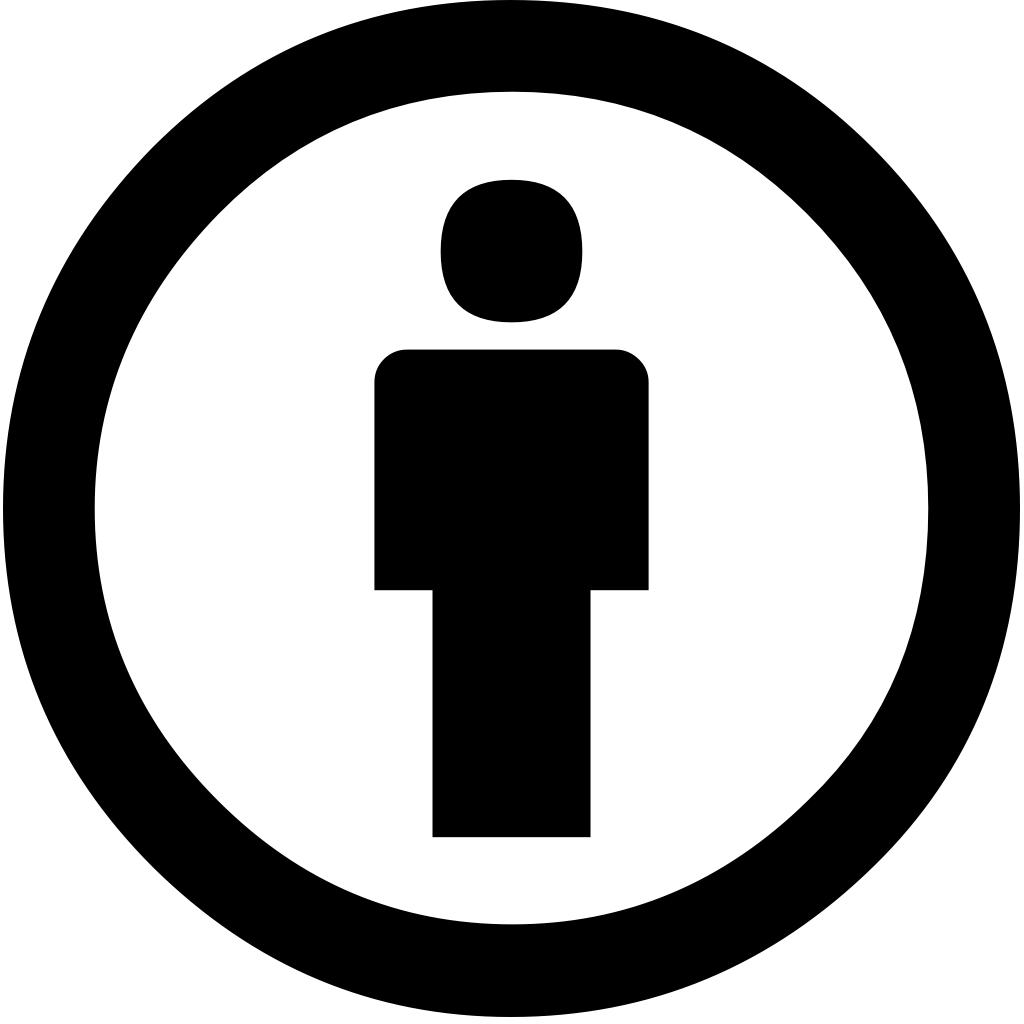 BY: credit must be given to the creator.
BY: credit must be given to the creator.
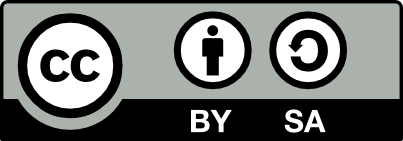
This license enables reusers to distribute, remix, adapt, and build upon the material in any medium or format, so long as attribution is given to the creator. The license allows for commercial use. If you remix, adapt, or build upon the material, you must license the modified material under identical terms. CC BY-SA includes the following elements:
 BY: credit must be given to the creator.
BY: credit must be given to the creator.
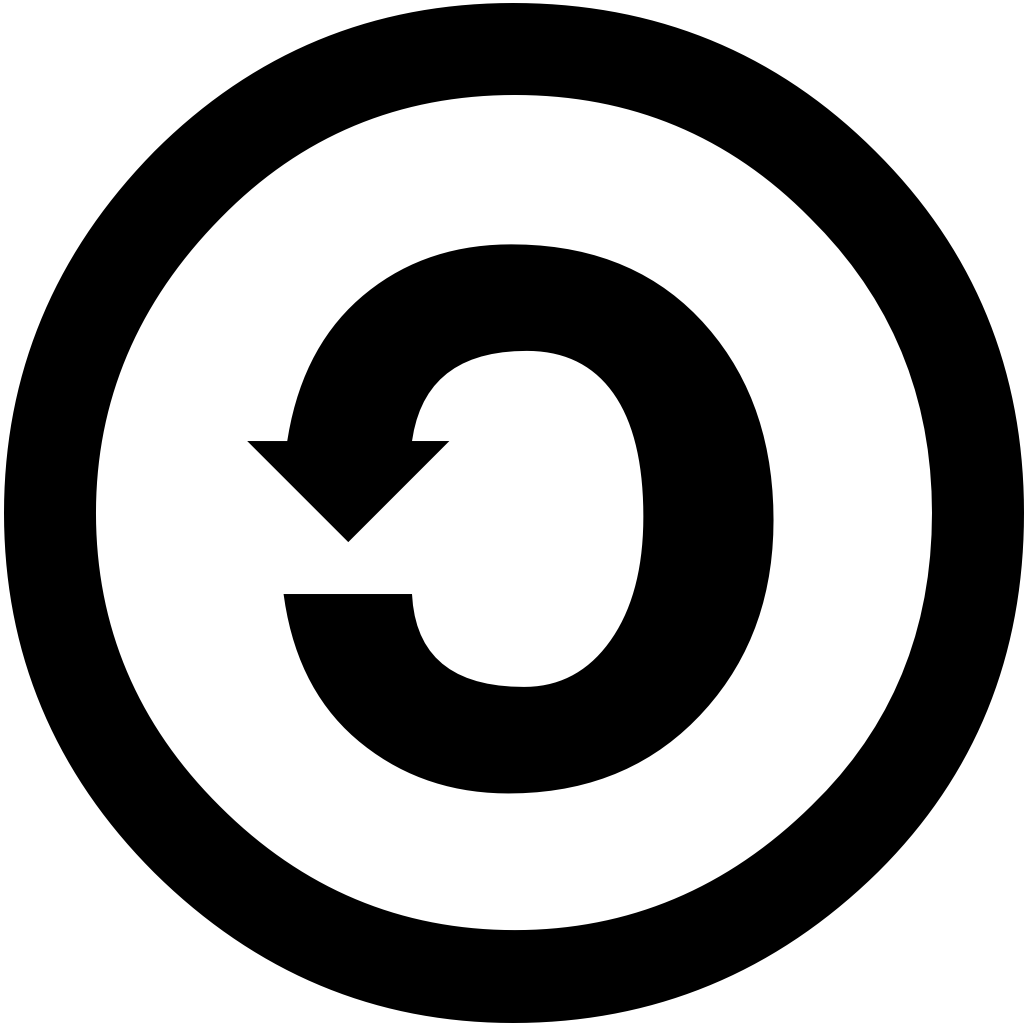 SA: Adaptations must be shared under the same terms.
SA: Adaptations must be shared under the same terms.
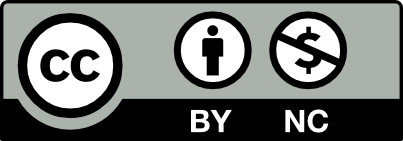
This license enables reusers to distribute, remix, adapt, and build upon the material in any medium or format for noncommercial purposes only, and only so long as attribution is given to the creator. CC BY-NC includes the following elements:
 BY: credit must be given to the creator.
BY: credit must be given to the creator.
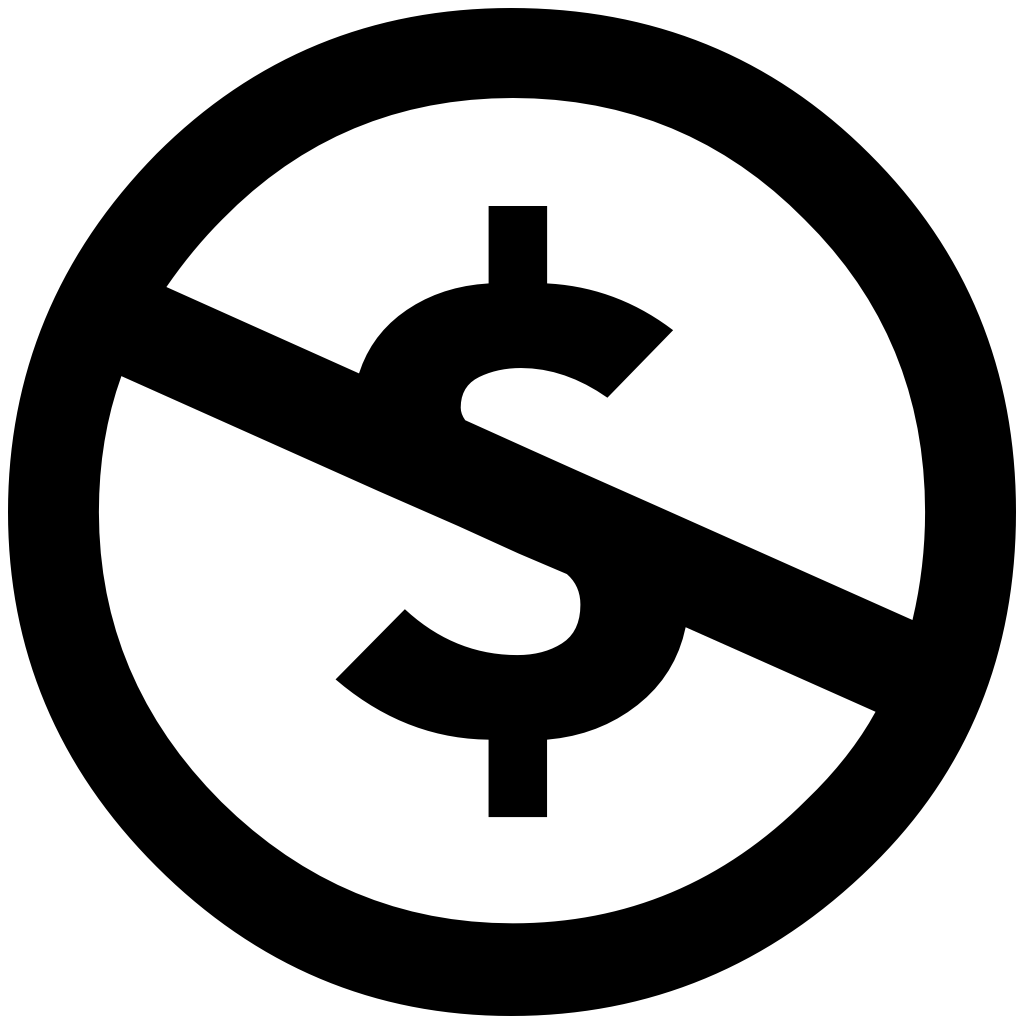 NC: Only noncommercial uses of the work are permitted.
NC: Only noncommercial uses of the work are permitted.
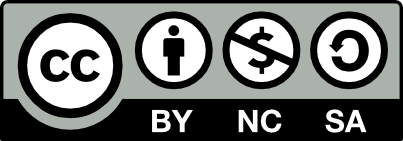
This license enables reusers to distribute, remix, adapt, and build upon the material in any medium or format for noncommercial purposes only, and only so long as attribution is given to the creator. If you remix, adapt, or build upon the material, you must license the modified material under identical terms. CC BY-NC-SA includes the following elements:
 BY: credit must be given to the creator.
BY: credit must be given to the creator.
 NC: Only noncommercial uses of the work are permitted.
NC: Only noncommercial uses of the work are permitted.
 SA: Adaptations must be shared under the same terms.
SA: Adaptations must be shared under the same terms.
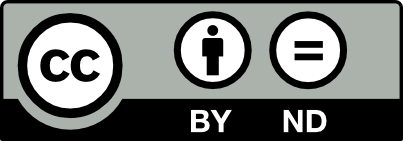
This license enables reusers to copy and distribute the material in any medium or format in unadapted form only, and only so long as attribution is given to the creator. The license allows for commercial use. CC BY-ND includes the following elements:
 BY: credit must be given to the creator.
BY: credit must be given to the creator.
 ND: No derivatives or adaptations of the work are permitted.
ND: No derivatives or adaptations of the work are permitted.
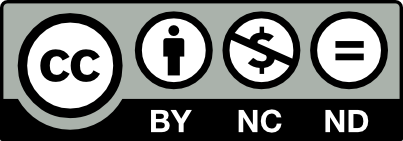
This license enables reusers to copy and distribute the material in any medium or format in unadapted form only, for noncommercial purposes only, and only so long as attribution is given to the creator. CC BY-NC-ND includes the following elements:
 BY: credit must be given to the creator.
BY: credit must be given to the creator.
 NC: Only noncommercial uses of the work are permitted.
NC: Only noncommercial uses of the work are permitted.
 ND: No derivatives or adaptations of the work are permitted.
ND: No derivatives or adaptations of the work are permitted.
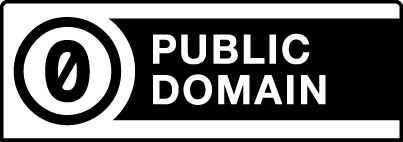
CC0 (aka CC Zero) is a public dedication tool, which enables creators to give up their copyright and put their works into the worldwide public domain. CC0 enables reusers to distribute, remix, adapt, and build upon the material in any medium or format, with no conditions.
Reference:-Creative commons
Choosing license for my project
I chose the CC BY-NC-SA 4.0 license because I wanted others to be able to use, share, and build upon my work, but only in non-commercial ways. It was important to me that people could adapt or remix what I made, as long as they gave me proper credit and shared their new versions under the same license.
To get my license I followed the steps shown below
- Step 1:- I went to the official Creative Commons website and used their license chooser tool to decide which license I wanted.
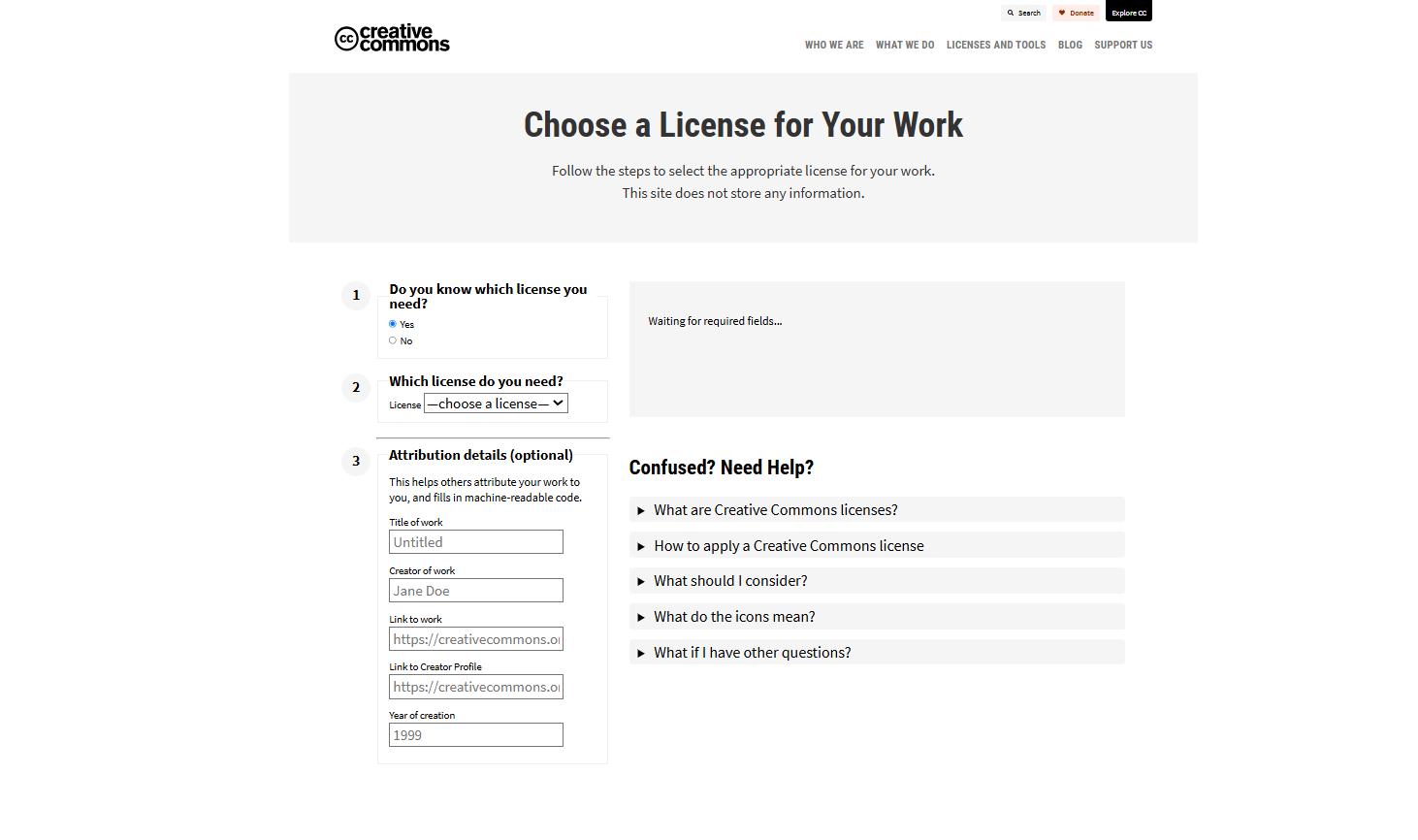
- Step 2:- Choose the right license.
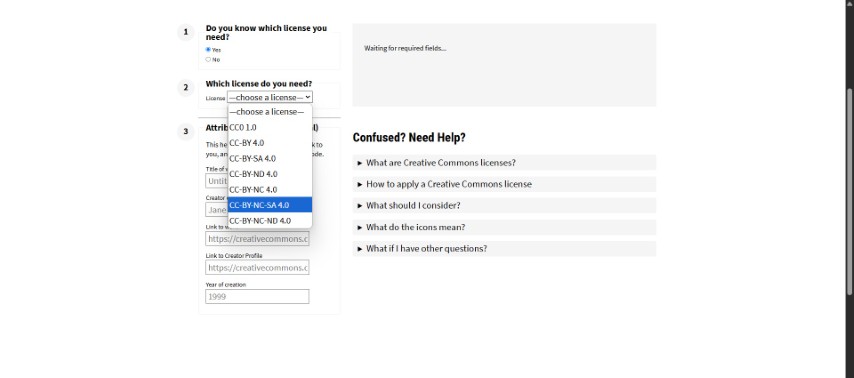
- step3 :- Fill the details of your work including project name, link to your work and your profile.
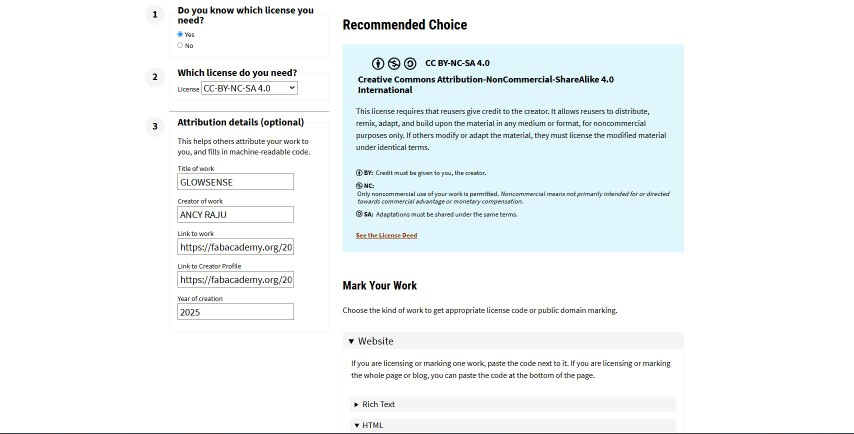
- You will get A short license statement, link to the full legal code and HTML code for websites

Adding license in final project.
I added my license in the final project page
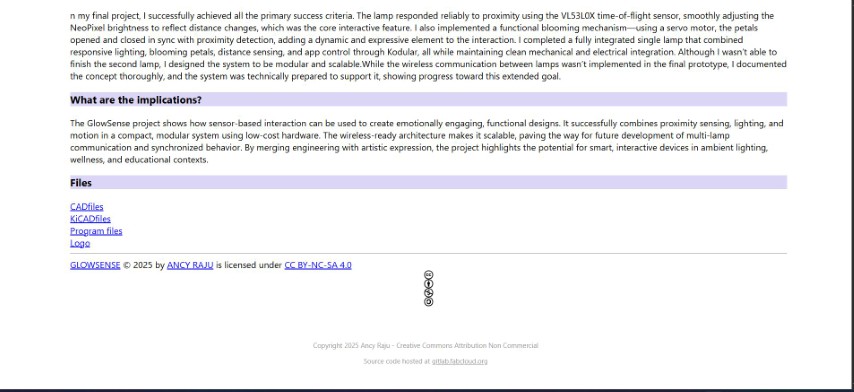
I plan to share my project through my personal webpage, where I will include complete documentation, source files, and clear instructions to help others understand and replicate it. By publishing it under a Creative Commons license (CC BY-NC-SA 4.0), I encourage non-commercial use, adaptation, and improvement by the community. I am happy to see people replicating, adding to, and improving the project as long as they give proper credit and share their versions under the same terms.